Guerrilla marketing was originally a marketing strategy in which low-cost, unconventional means (including the use of graffiti, sticker bombing, flyer posting, etc.) were used in a (generally) localized fashion to draw attention to an idea, product, or service. Today, guerrilla marketing may also include promotion through a network of individuals, groups, or organizations working to popularize a product or idea by use of such strategies as flash mobs, viral marketing campaigns, or internet marketing.
Wikipedia
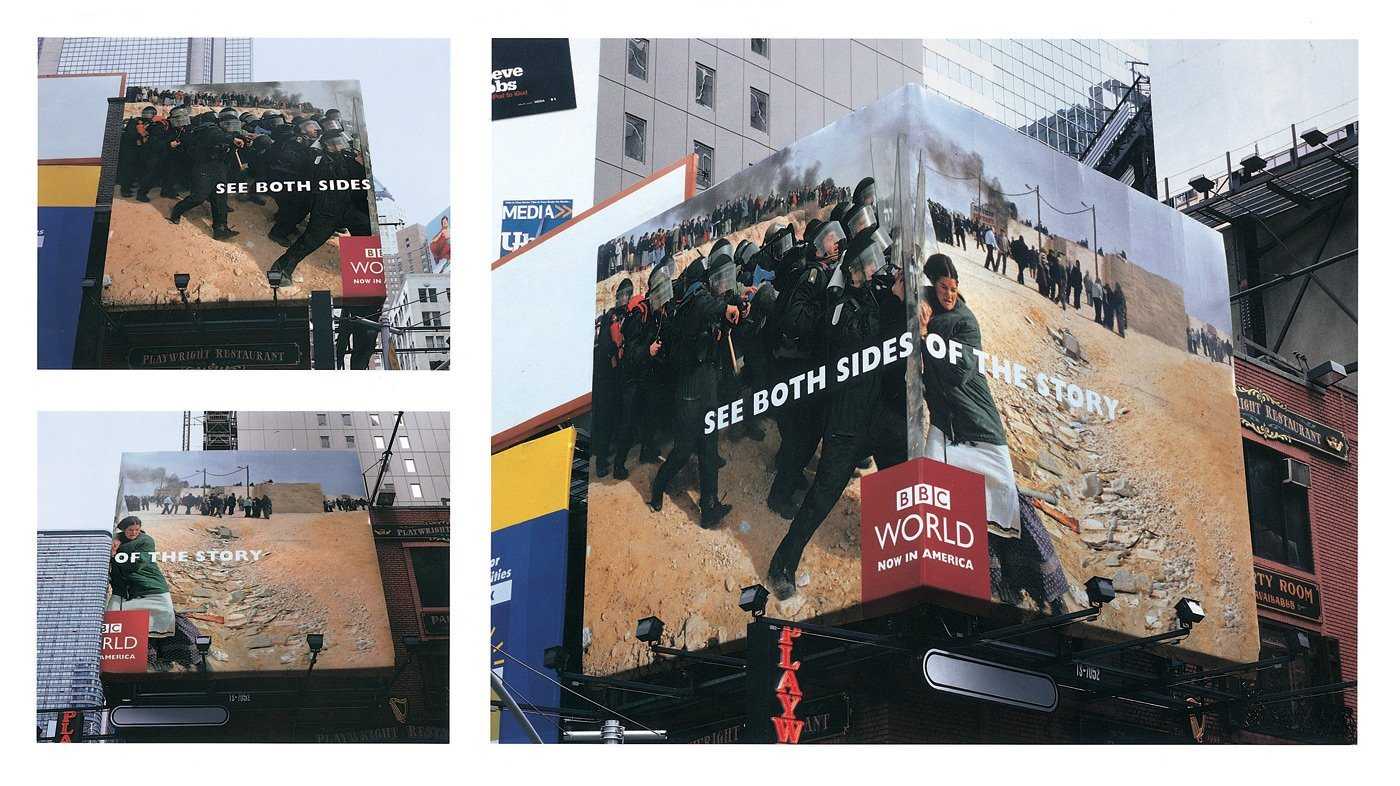
Modern advertising has saturated itself with Guerrilla Marketing — to the point where its presence is not so unconventional anymore. Marketers have often used contrived and unoriginal forms of the method, causing it to lose some of its potency.
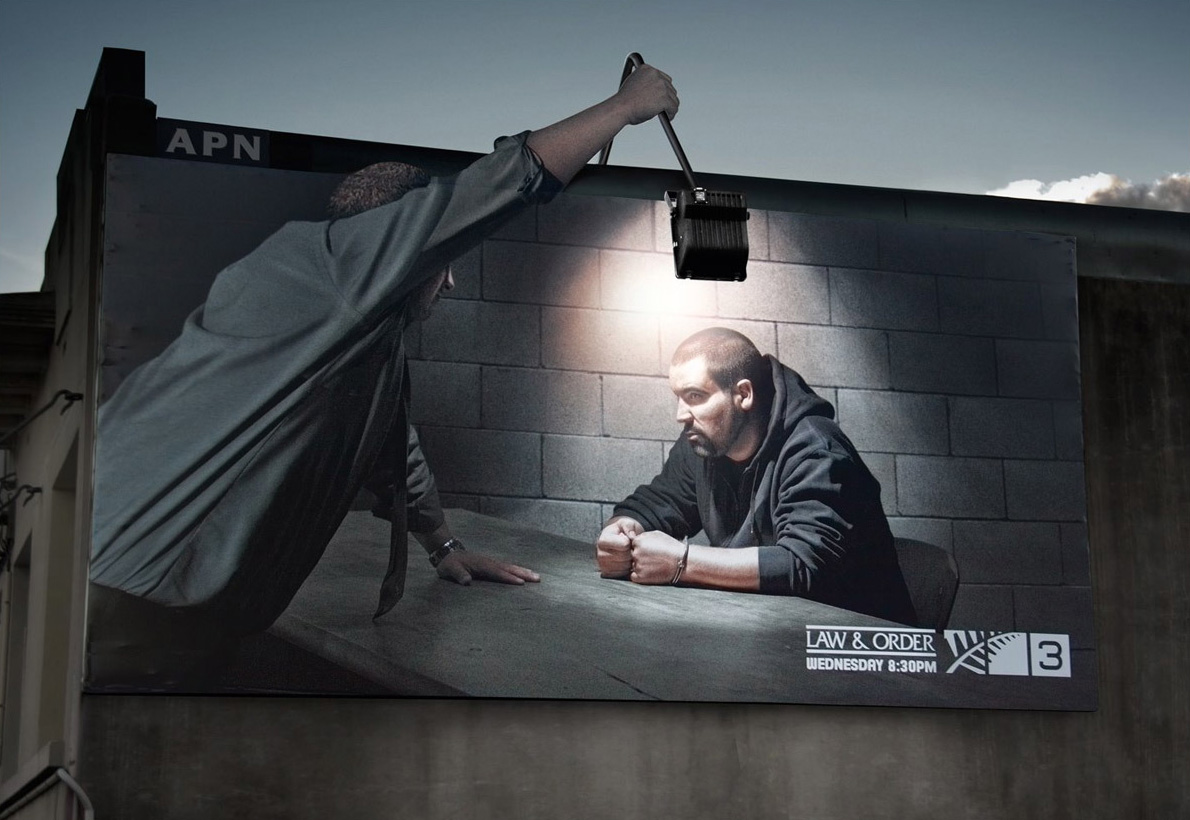
Now, with the advent of social media like Facebook, Twitter, and most recently, Instagram, marketing with an edge and with a minimal budget has become easier. Yet, successfully engaging consumers with this approach and [wowing] them with originality has become nearly impossible, as they are inundated with adverts consistently and aggressively.
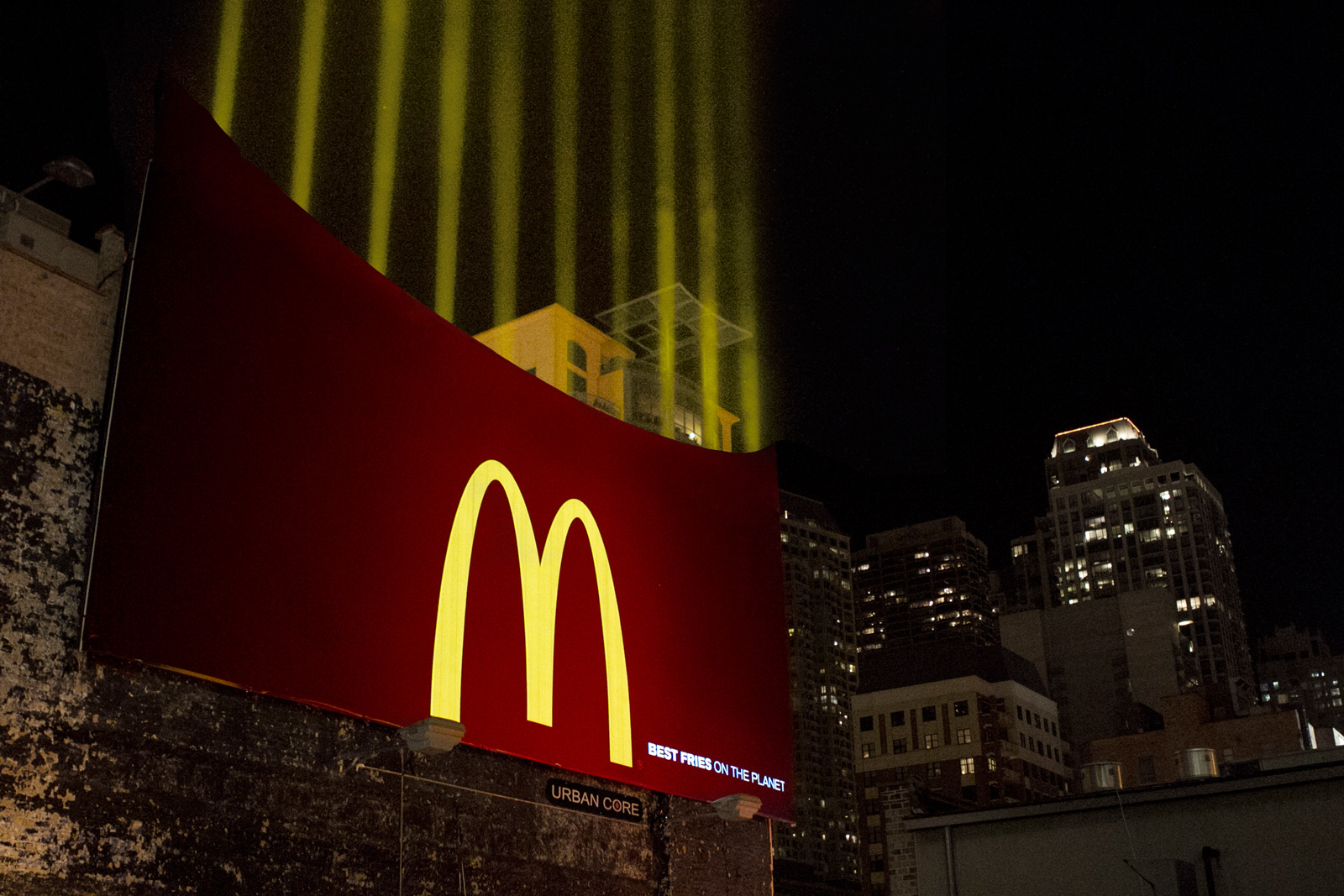
Companies who utilize Guerrilla Marketing as a tool for advertising should first qualify their target markets and capitalize on momentous events, much like Nike does surrounding big events like the World Cup.
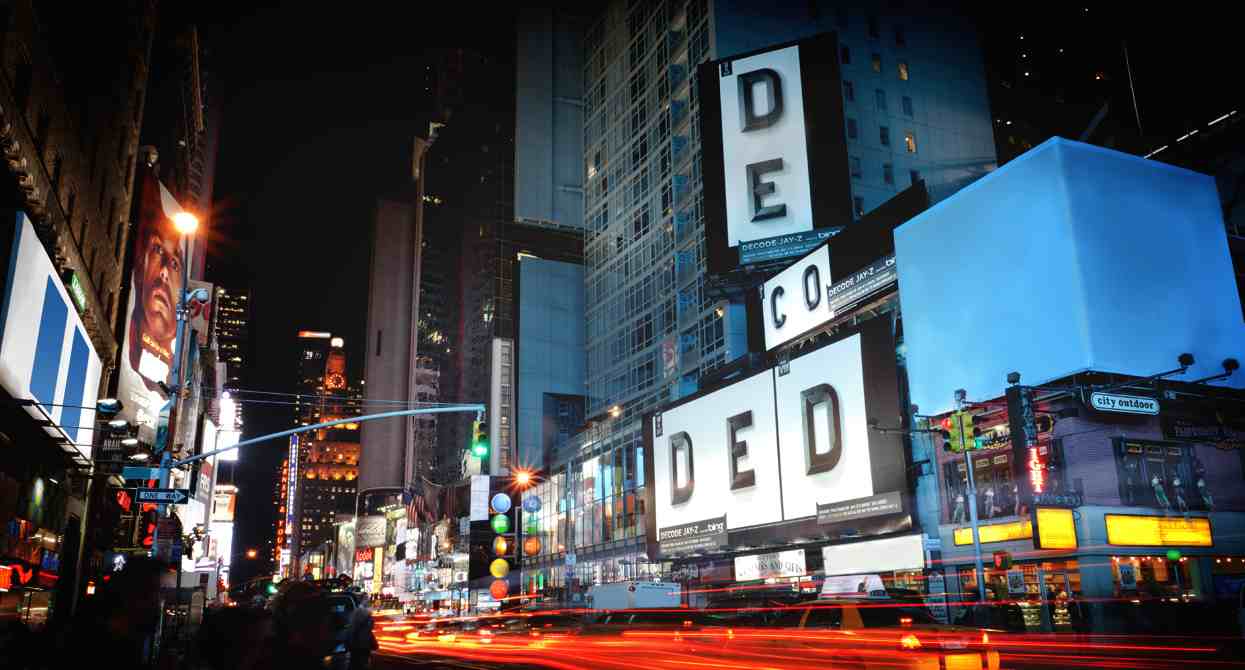
Jay Z cleverly put together an advertising campaign that, in actual ad dollars, wouldn’t necessarily classify as Guerrilla Marketing but was nonetheless incredibly clever. It was more than likely a huge luring point for consumers who were intrigued and inclined to purchase the book.
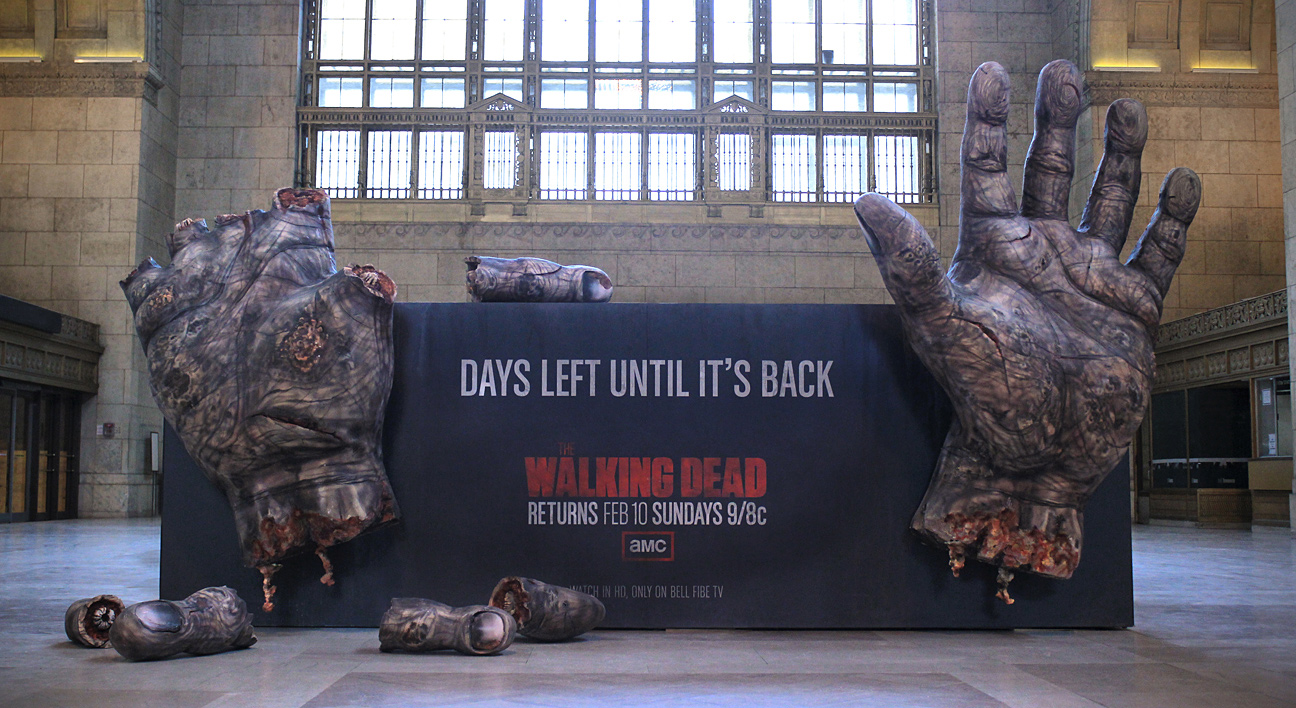
Guerrilla Marketing is most definitely not just for small or medium-sized businesses anymore.
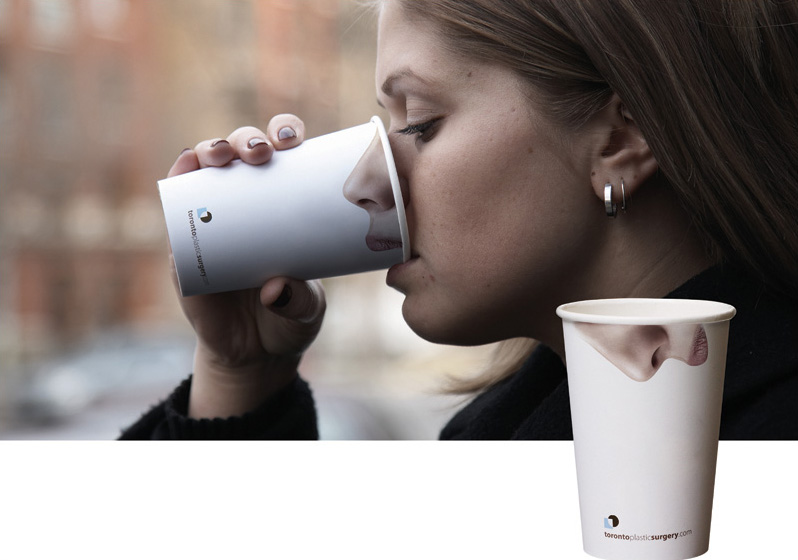
Guerrilla Marketing is used to promote a wide variety of products and brands. Some would consider the methods crass at times or even vulgar, but most would argue that’s the whole point.
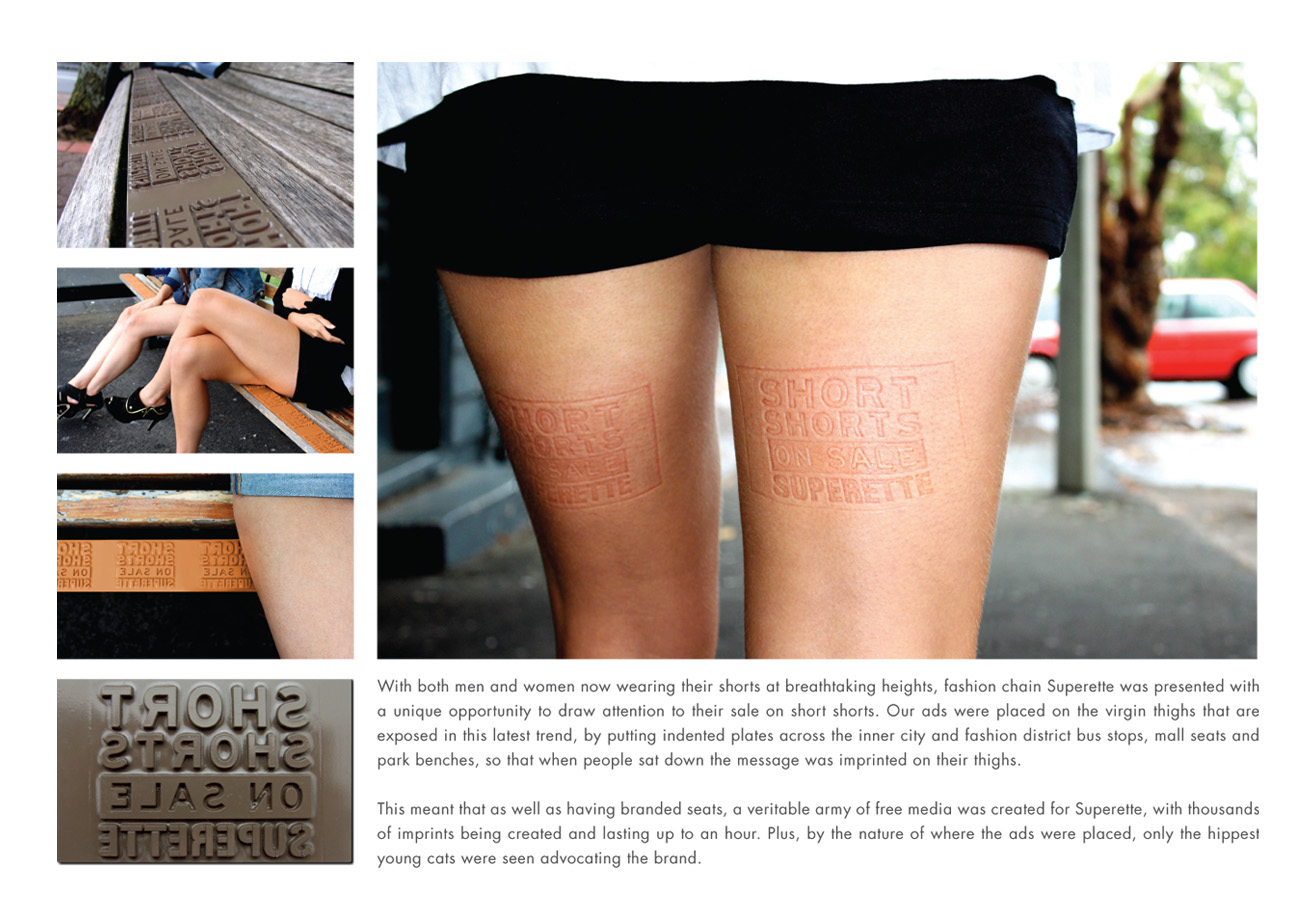
Advertising with guerrilla marketing often requires interaction from the consumer before a purchase is decided upon. The interaction is often unintentional by the consumer and can even be a surprise or shock, depending on how you look at it.
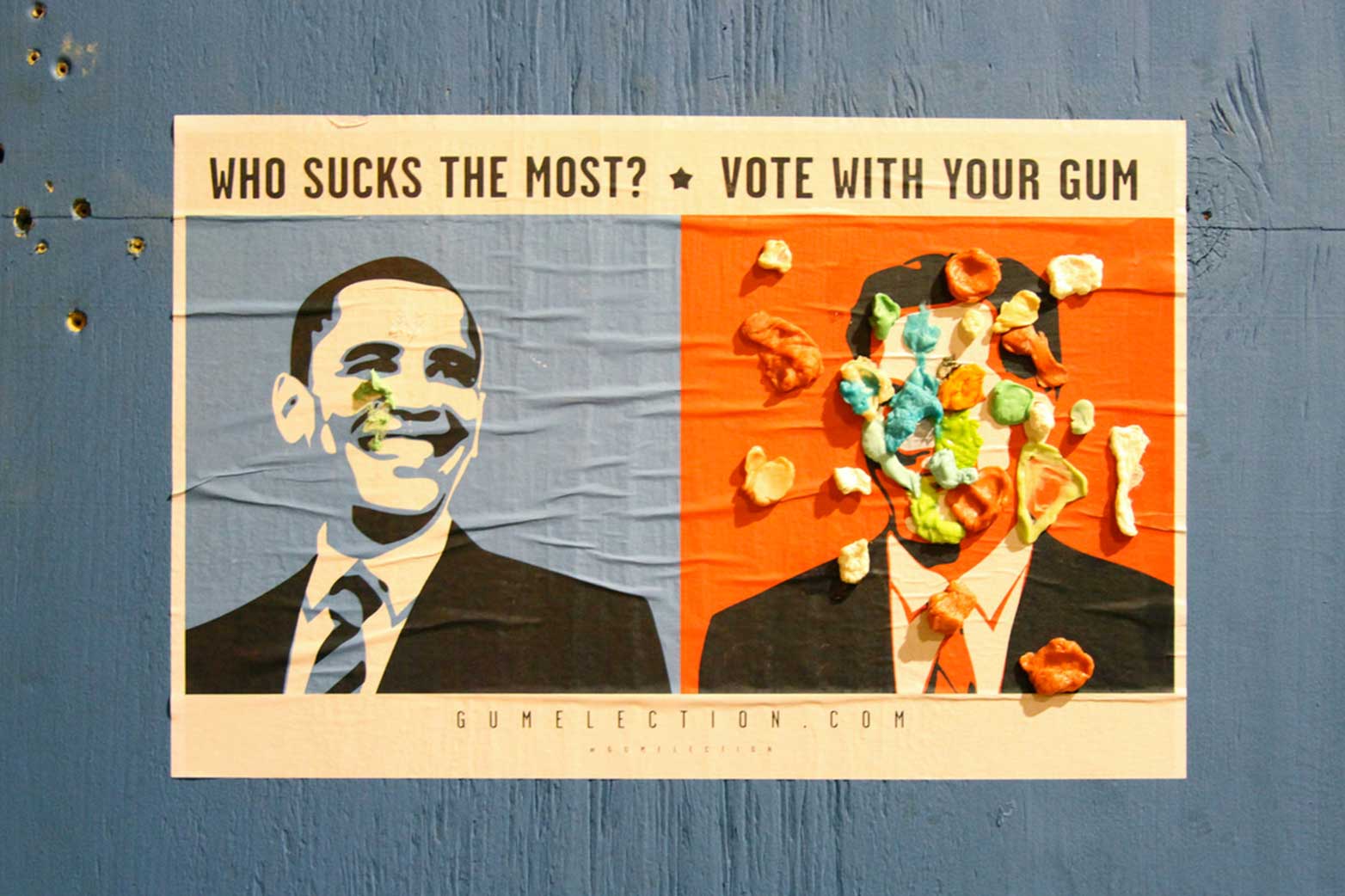
Politics and even religion have ruffled several feathers using Guerrilla Marketing tactics. Who said we were just selling consumer products?
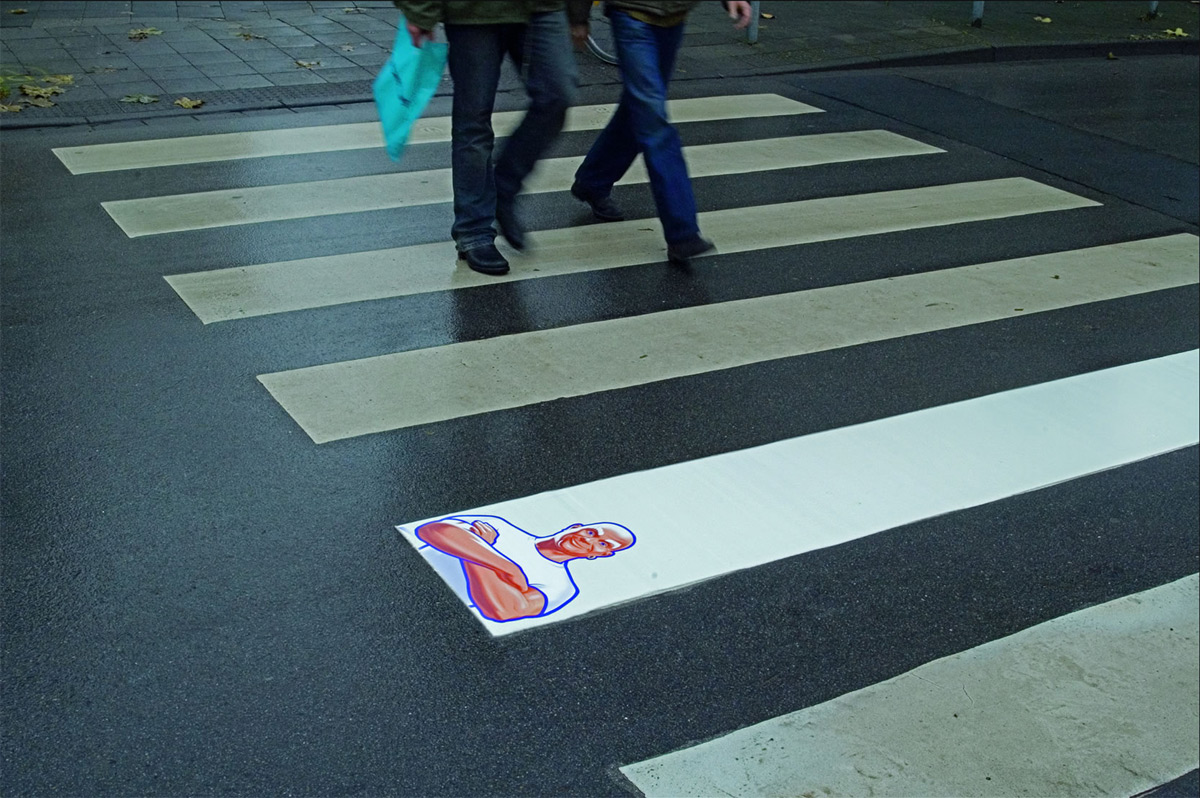
Even when the call to action isn’t there and the product line isn’t clear, many would argue that the impact is made as long as the brand is communicated.
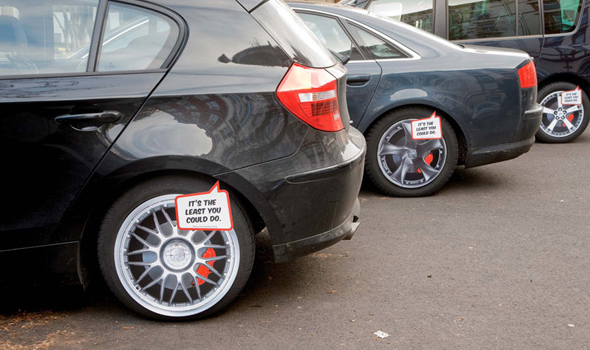

Global initiatives have benefited from the use of Guerrilla Marketing and continue to implore its use.
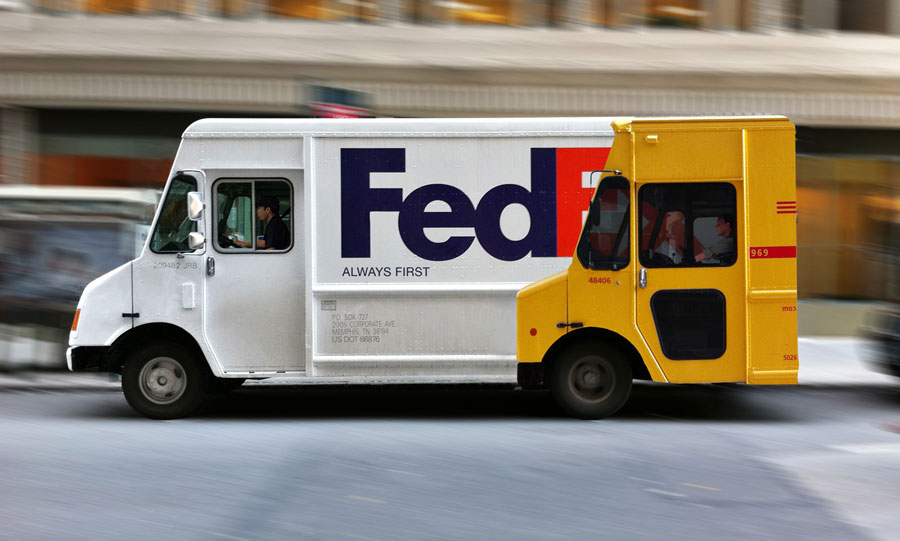
Because of the nature of guerrilla marketing, the message and objective must be clearly defined to avoid being misunderstood. Misinterpretation of the message intended to be promoted by the targeted audience is a risk.
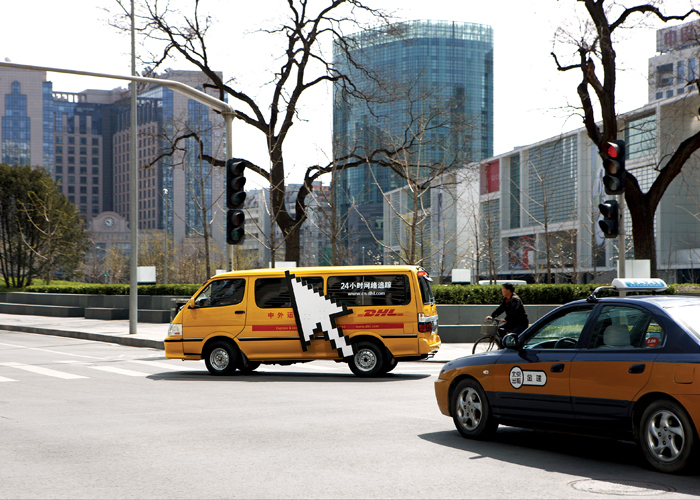
Word-of-mouth advertising does not always stay focused enough to present the intended message. The rumor-like spread of word-of-mouth marketing is uncontrollable once released and can result in misrepresenting the message or confusion about a brand.
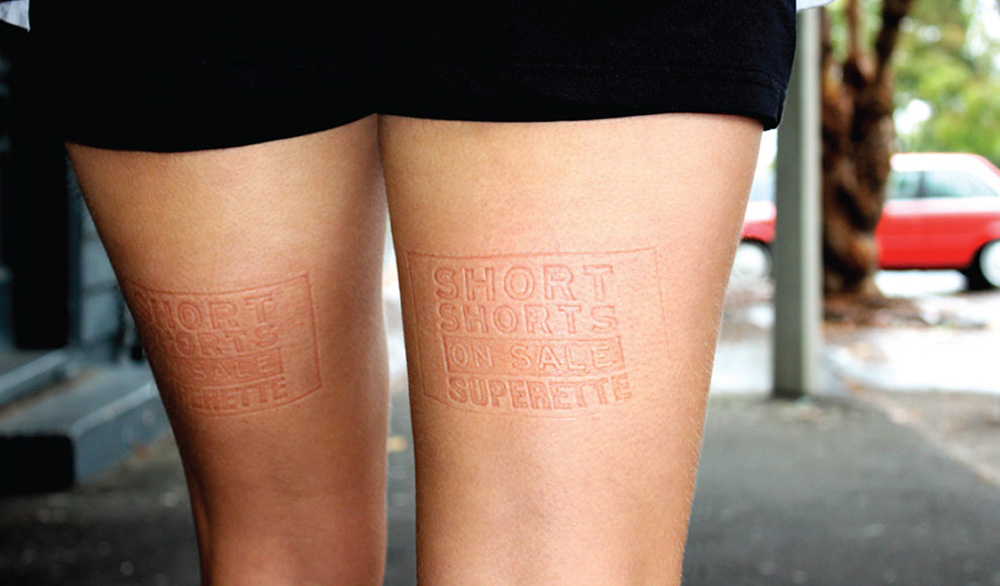


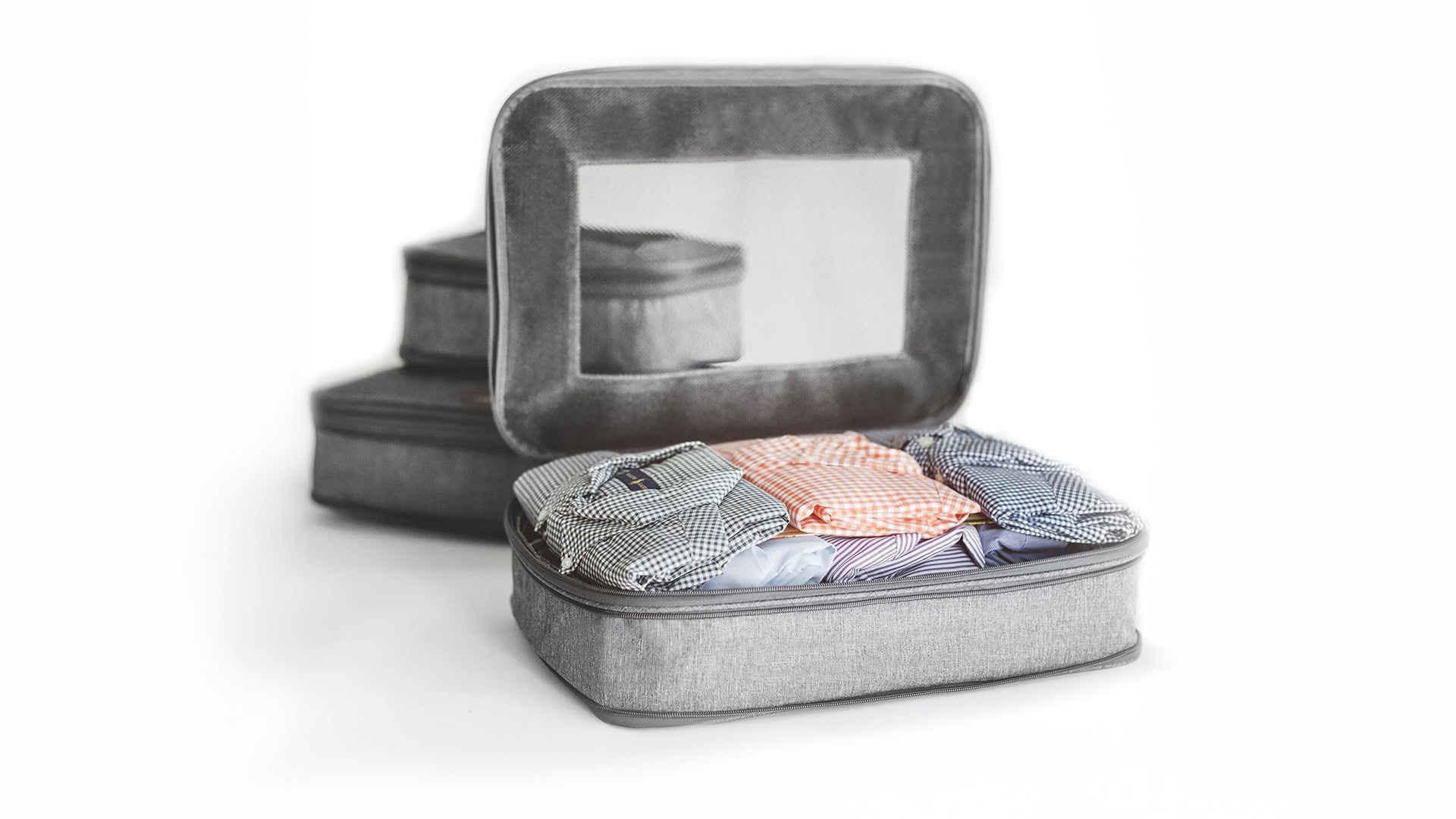

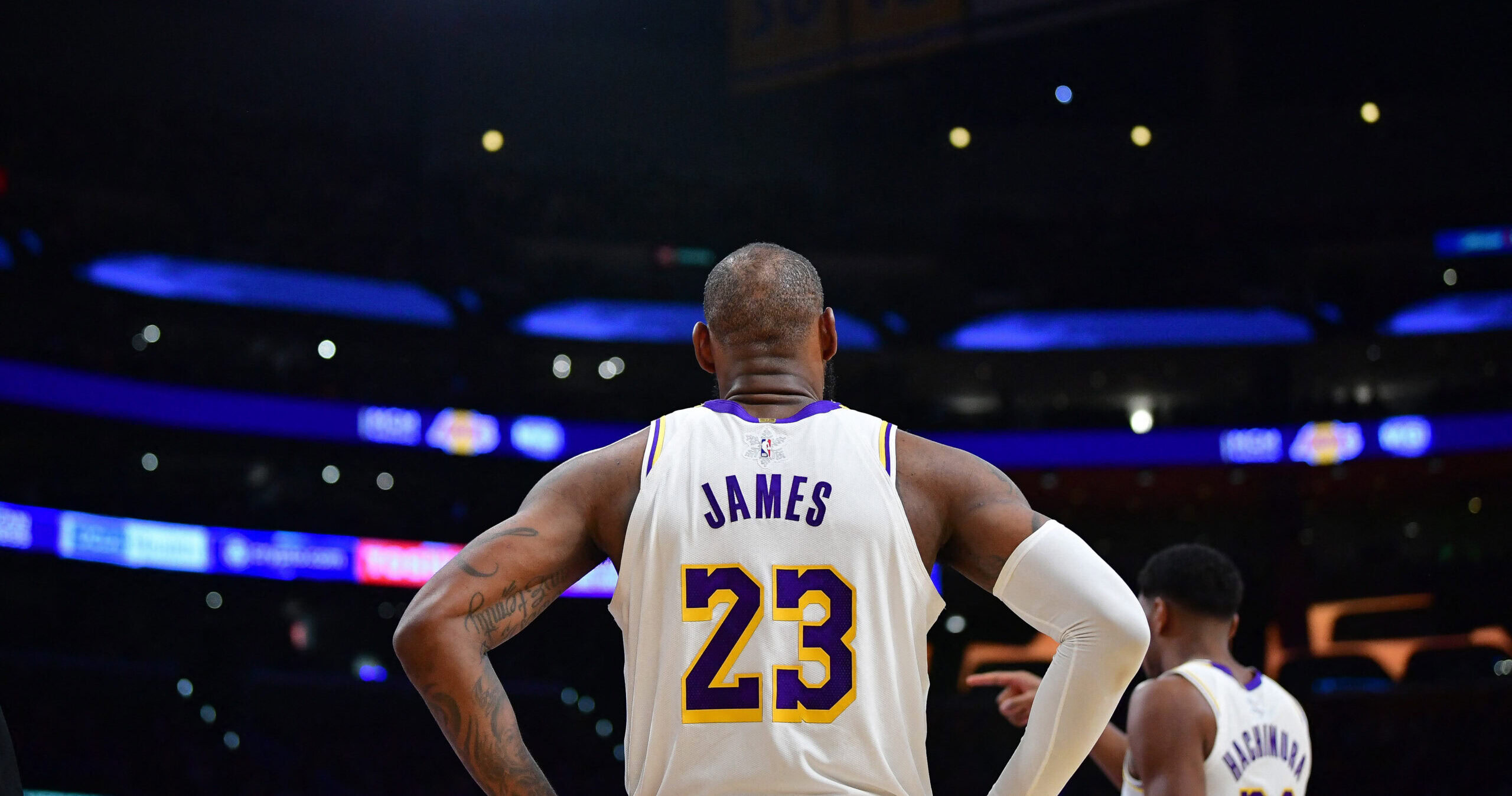
Leave a Reply